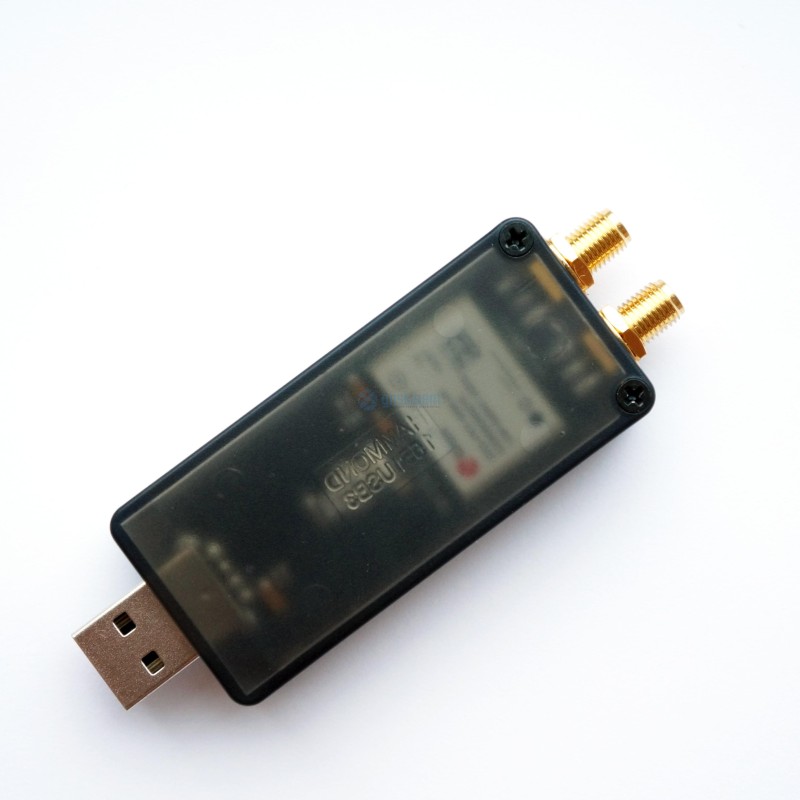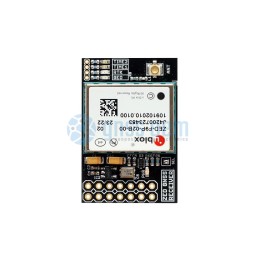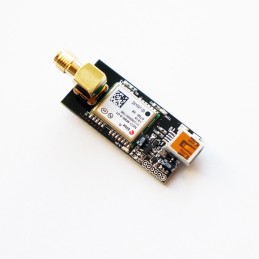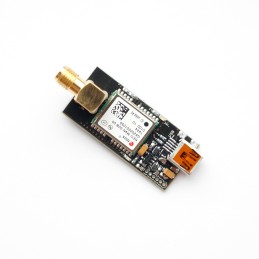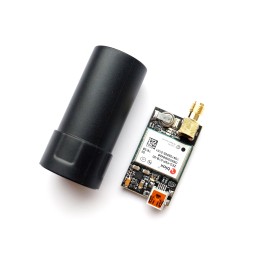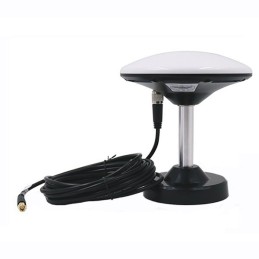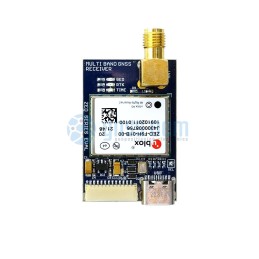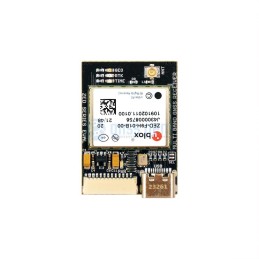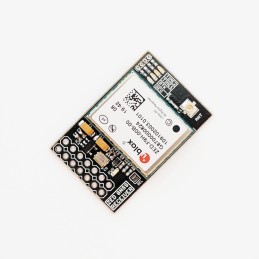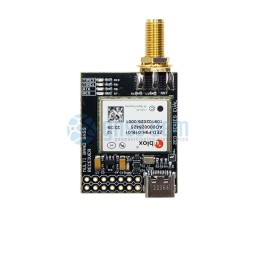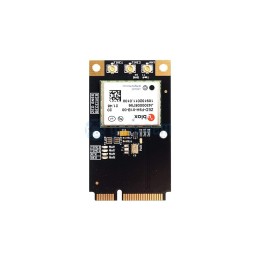ZED-F9H High Precision GNSS USB dongle with SMA antenna connectors and SMA time pulse out. Designed for heading applications.
The ZED-F9H dongle is designed to provide best possible heading information to applications where precise attitude is of greatest importance. The ZED-F9H acts as an accompanying module, and requires a ZED-F9P module to be mounted on the same vehicle. In this setup, ZED-F9P provides the precise GNSS position, and at the same time acts as a moving base to the ZED-F9H module, which in turn outputs the precise attitude information. As the heading information is based on GNSS it does not require pre-calibration, thus ensuring easy production, integration and operation. The precise heading information is always available, even in stand-still situations.ZED-F9H is designed to lower the system cost for a heading application and comes with minimal e-BOM. Thanks to its small package size, light weight, and low power consumption it is well-suited for mass market adoption.
ZED-F9H breakout board features:
- On-board low noise 3.3V voltage regulator
- USB interface with A-type connector
- SMA edge antenna connectors
- SMA edge timepulse connectors
- u-center ublox Evaluation Software
- Extensive visualization and evaluation features
- Time pulse LED, Power LED
- Backup supercapacitor
- Dimensions: 85x30x15 mm
- Fully assembled and ready to use
ZED-F9H Features:
Receiver type:
- 184-channel u-blox F9 engine
- GPS L1C/A L2C, GLO L1OF L2OF,
- GAL E1B/C E5b, BDS B1I B2I,
- QZSS L1C/A L2C
Heading update rate:
Heading accuracy:
Position accuracy:
Convergence time:
- RTK < 10 sec
- Acquisition Cold starts 24 s
- Aided starts 2 s
- Reacquisition 2 s
Sensitivity:
- Tracking & Nav –167
- Cold starts –148 dBm
- Hot starts –157 dBm
- Reacquisition –160 dBm
- AssistNow GNSS Online
- OMA SUPL & 3GPP compliant
- TCXO Oscillator
- Built-In RTC crystal
- Active CW detection and removal
- Active and passive antennas Supported
- Flash Memory
ZED-F9H Product Summary
ZED-F9H Data Sheet
ZED-F9H Integration Manual
ZED-F9H Interface Description
